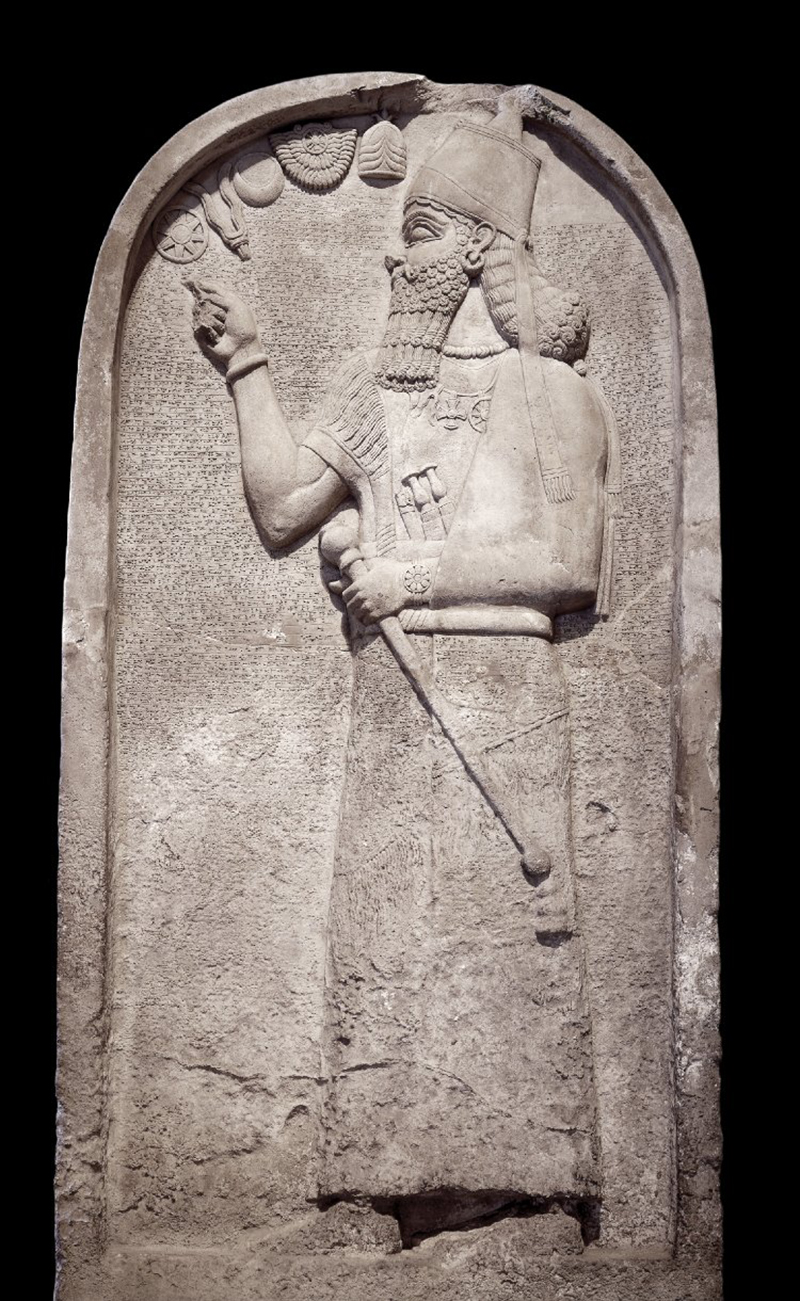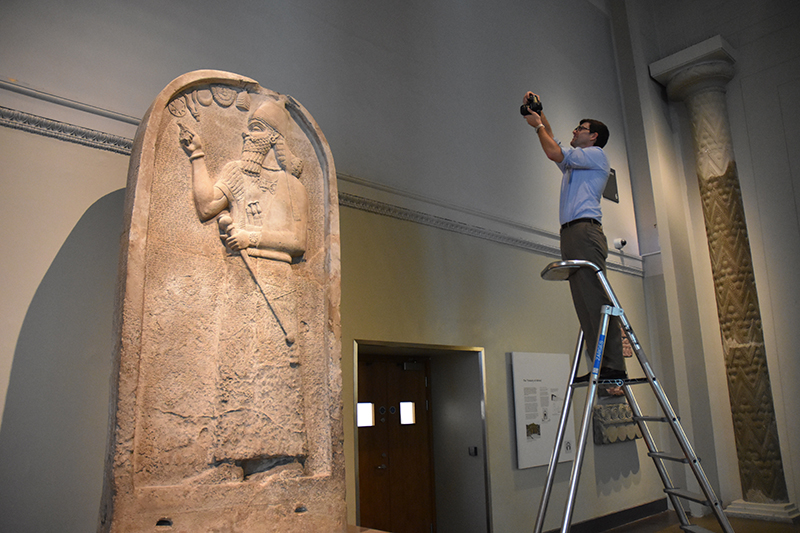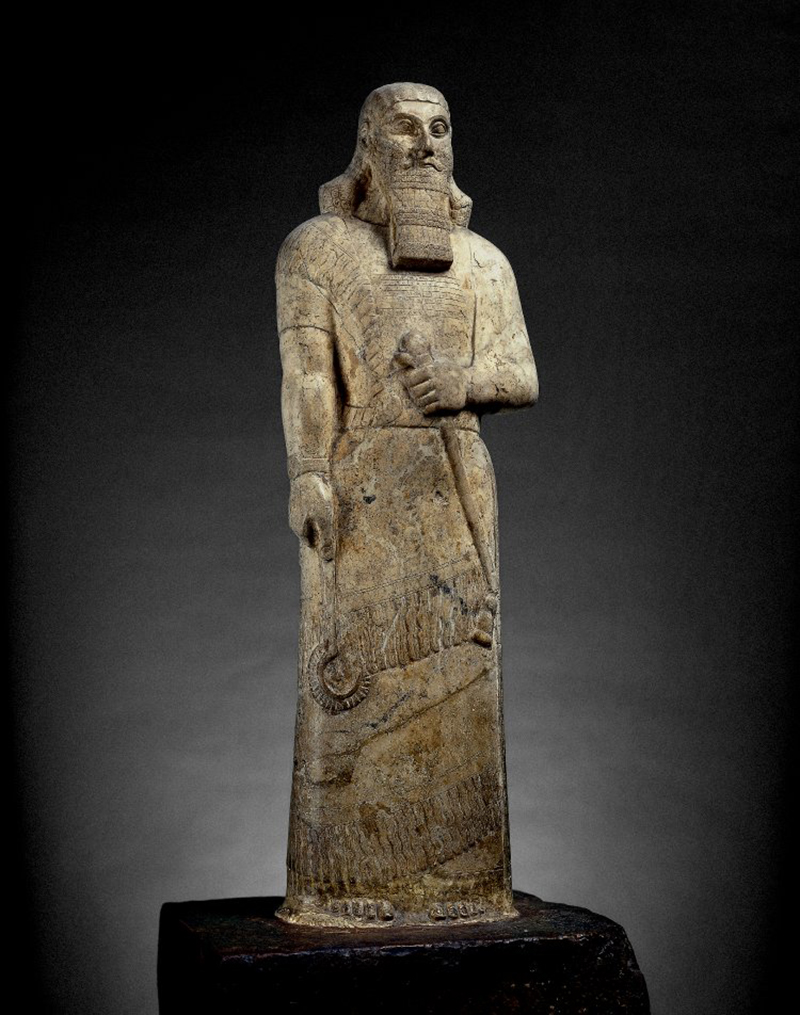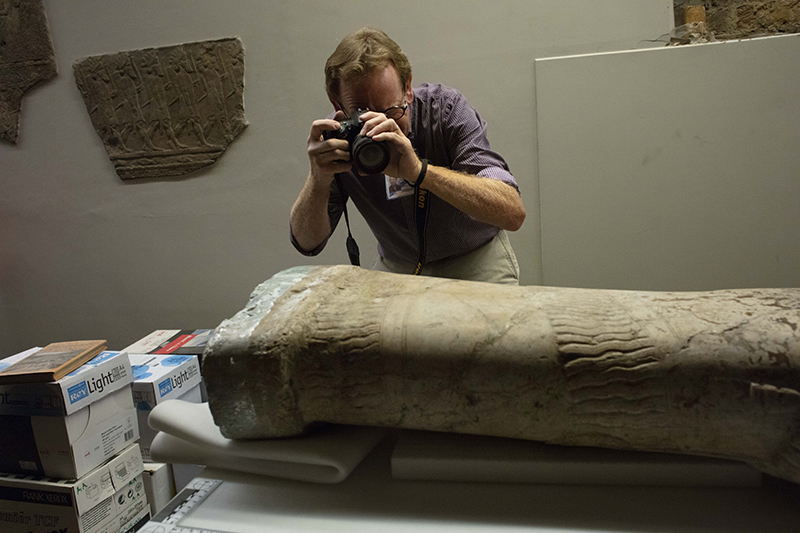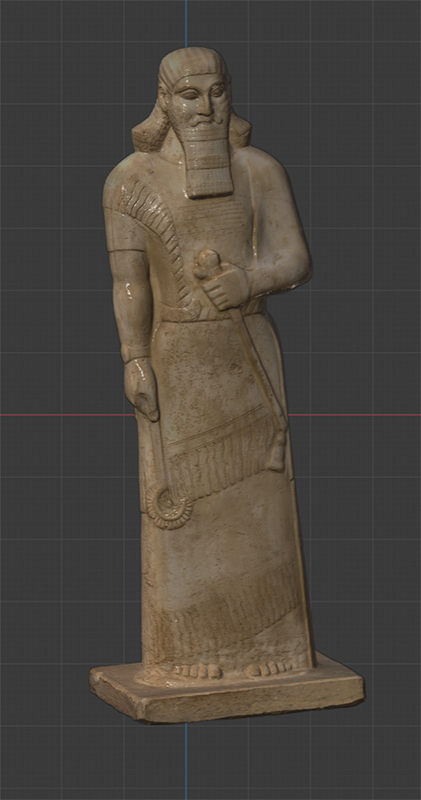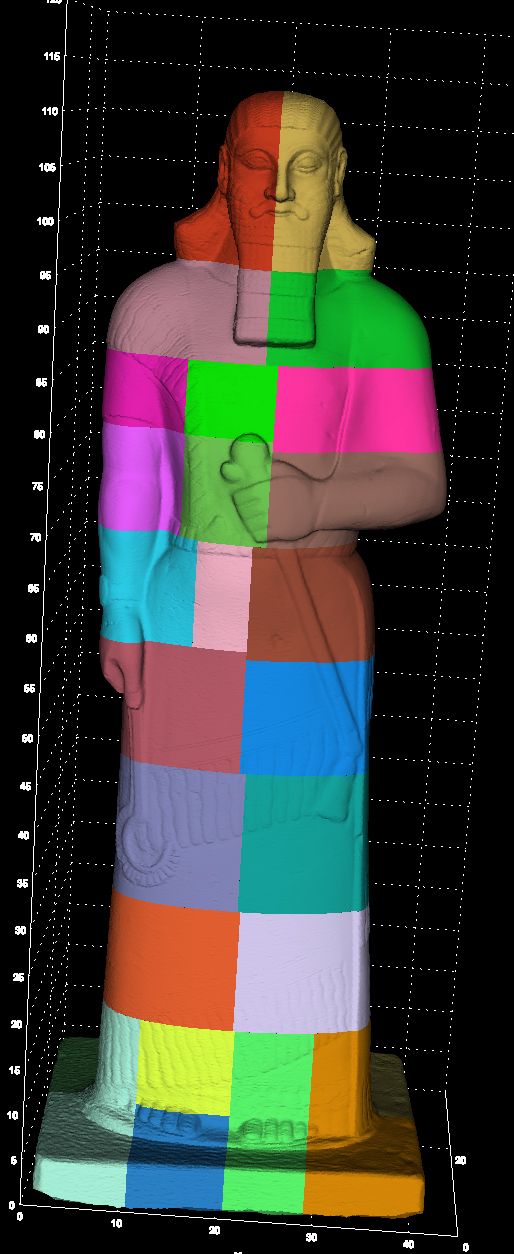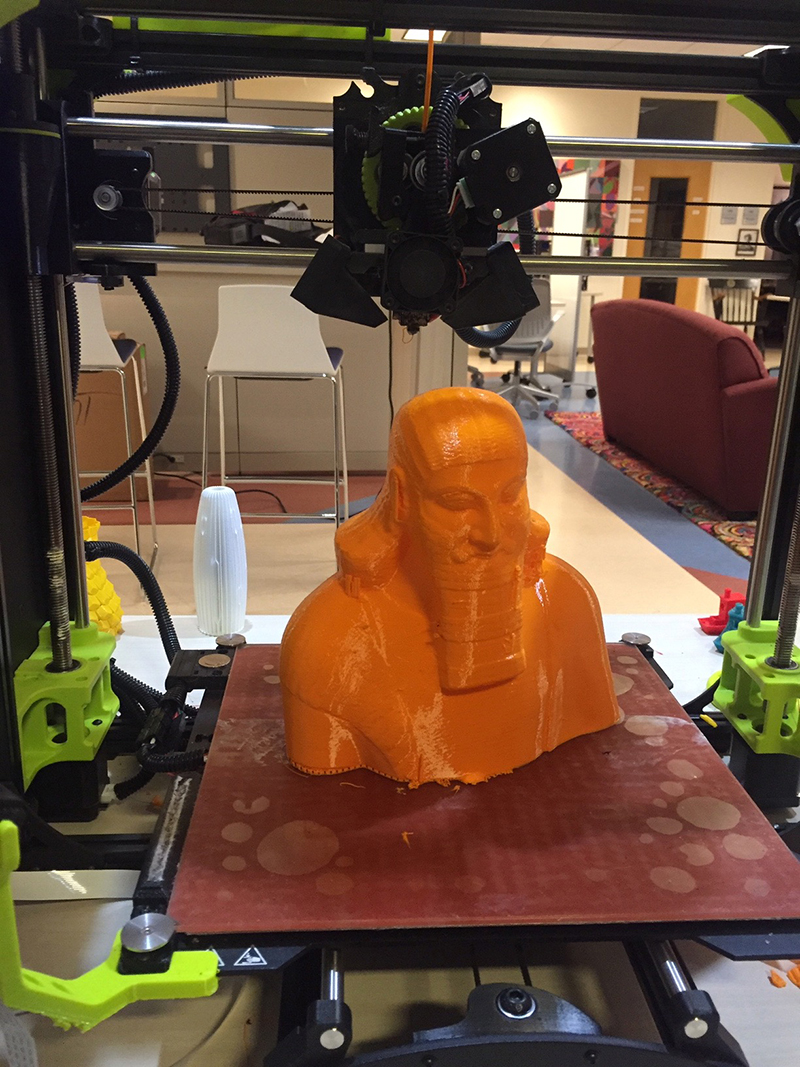Photogrammetry at the British Museum
By Bowdoin College Museum of ArtSean Burrus and Jim Higginbotham traveled to London to undertake a 3D imaging project in partnership with the British Museum of two portraits of the Assyrian king Ashurnasirpal II, who ruled from 883-859 BCE, in preparation for the exhibition “Assyria to America."
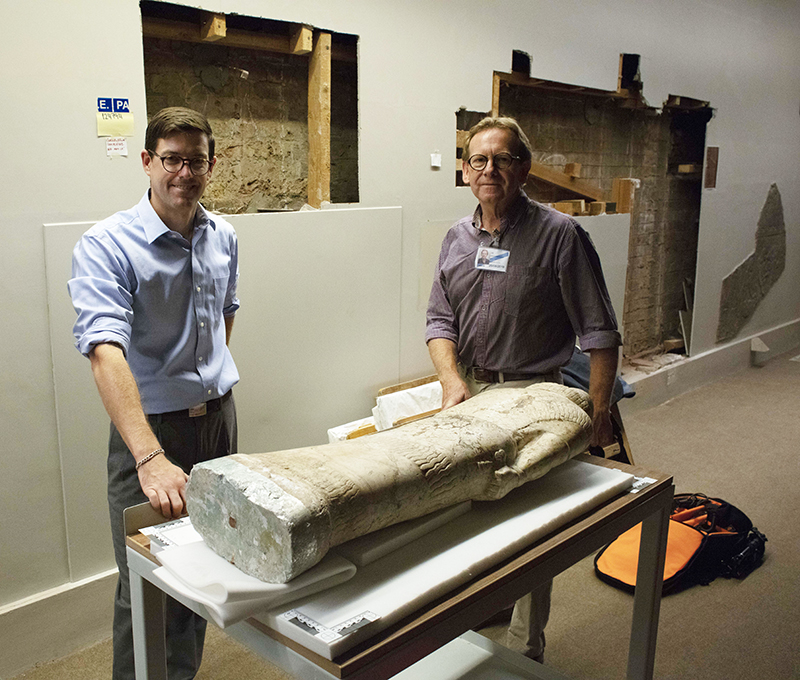
In August, Sean Burrus, Andrew W. Mellon Postdoctoral curatorial fellow and James Higginbotham, associate curator for the ancient collection, traveled to London to undertake a 3D imaging project in partnership with the British Museum on two important Assyrian sculptures in their collection: two portraits of the Assyrian king Ashurnasirpal II, who ruled from 883-859 BCE and who commissioned the massive stone reliefs familiar to many museum visitors to decorate his palace at Nimrud in modern-day Iraq. Six of these reliefs are held at the Bowdoin College Museum of Art. They are some of the oldest pieces in the antiquities collections and the earliest ancient objects to arrive at Bowdoin.
Portraits of King Ashurnasirpal II are rare among the reliefs at Nimrud, and Bowdoin is fortunate to hold two reliefs bearing his image. Yet the two royal portraits at the British Museum that were the focus of this recent digital project are rarer still. One is a monumental stele, known as the ‘banquet stele’ which stands over 15 feet tall and features a larger-than-life-size portrait of the king in exceptionally high relief, shown wearing royal garb and holding a royal mace, gesturing to symbolic representations of five prominent Assyrian gods. Incredible detail exists in the king’s beard and hair, detail that is hard to capture in traditional photography but appears clearly after 3D imaging through the scanning project. The other is a portrait of Ashurnasirpal II sculpted in the round, an exceptional rarity among Assyrian stone sculpture which was predominantly done in bas-relief. Both portraits were discovered in excavations of the Nimrud palace complexes.
This exciting collaboration was undertaken in preparation for the upcoming exhibition Assyria to America, which will explore the stories of Bowdoin’s Assyrian reliefs by contextualizing them with loans from the Metropolitan Museum of Art and Harvard Semitic Museum. To open on October 24, the exhibition will also introduce visitors to new digital approaches in the study of ancient art. The scans of Ashurnasirpal’s statue and stele will be made available to visitors via touchscreen displays in the gallery, and a life-size 3D replica—printed on Bowdoin’s campus in collaboration with the Academic Technology and Consulting Group and David Israel, senior producer for academic new media.
These virtual and physical models will not only help visitors imagine the royal personage of Ashurnasirpal II, but they also represent new ways of sharing and displaying ancient art that would otherwise be unavailable to visitors. The ‘banquet stele’ is too large and heavy to transport, and the statue is now too fragile to go on loan. By adopting new 3D imaging techniques and partnerships, the Museum of Art is at the forefront of promising new models for collaborations. Such work is all the more important in a moment when ancient objects are targets for destruction and subject of repatriation conversations.
Sean BurrusAndrew W. Mellon Postdoctoral Curatorial Fellow
Bowdoin College Museum of Art

